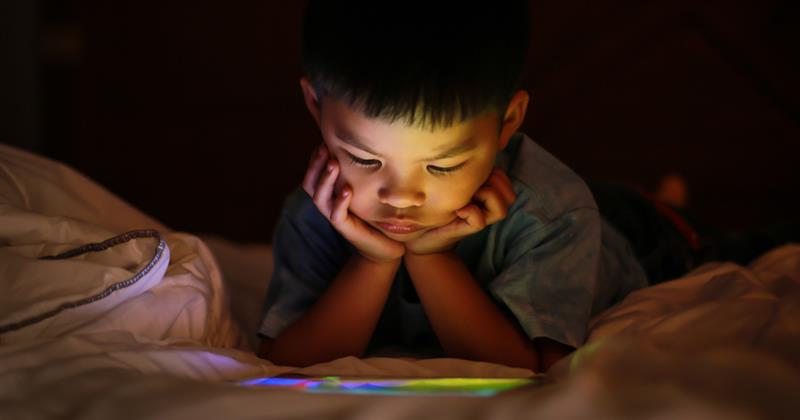When it comes to kids and screens, it’s clear that not all tech is created equal. There is a significant difference between children mindlessly spending hours on a device without parental controls and those engaging with educational content for a limited time under parental supervision.
The Growing Concern Over Screen Time
Educators and experts worldwide are urging parents to act to prevent childhoods from being lost to excessive screen time. Even children acknowledge the negative impact of overuse. A teenager shared, “I struggle with how much time I spend on my phone. I find myself scrolling on social media when I could be outside enjoying the weather.” Parents, too, express ongoing struggles with setting boundaries around technology.

Some describe the need for “ground rules, non-negotiables, and consistent management.” One parent noted, “The tech is ridiculous and needs to be reined in with regulation.” A 17-year-old high school student lamented the introduction of smartphones to her generation, citing their detrimental effects on childhood and mental health. So, what can well-meaning parents do to manage this growing concern?
Effective Solutions for Responsible Tech Use
One effective strategy is to consider “training wheel” devices. Instead of handing over a new smartphone, parents can opt for gadgets designed to grow with children. Devices from Bark, Gabb, and Troomi offer such solutions, with Pinwheel phones being highly recommended. These phones come with built-in parental controls, no web browser or social media access, and features that allow parents to monitor text messages and call history. The parent portal offers control over 1,200 apps, enabling time limits and bedtime shutdowns. These devices can be added to existing family plans and start at $99, with a $15 monthly subscription. Alternatively, basic flip phones, as endorsed by some celebrity parents, provide a simpler, distraction-free option.
What Other Options Could Be Considered?
For tablets, parents can use parental controls on old iPads or opt for kid-friendly devices like Amazon’s tablets or AT&T’s amiGO Jr. Tab. These tablets are pre-loaded with apps aimed at creativity and exploration while providing robust safeguards against adult content. The amiGO Jr. Tab costs $166 upfront or can be paid in monthly installments, with a $20/month addition to an existing AT&T plan or $55/month for a new account.
Parental control apps like Aura, Bark, Qustodio, Net Nanny, Canopy, and Family Time help create safer online spaces by allowing caregivers to monitor their children’s activities. However, these controls are not a “silver bullet.” A UK study published in the Journal of Children and Media suggests that parental controls should be part of positive parenting centered on open communication and respectful negotiation. Poor implementation can lead to family conflict and negatively impact children’s privacy and autonomy.
Future Technologies to Aid in Screen Time Management
AI tools are emerging as potential aids in managing screen time effectively. Tim Estes, CEO of Angel AI, explains that AI can serve as a protective bubble for kids navigating the internet, and identifying safe web pages and search terms. Angel AI, an app launching this fall, allows children to explore the internet safely with AI assistance, securing all queries and activities. The app provides child-friendly responses and redirects unsafe queries to safer topics, promoting healthy online habits and educational exploration.

In an early test of Angel AI, the app demonstrated its ability to guide children through safe, informative content. For instance, when asked about dinosaurs, the AI provided engaging information and visuals suitable for children. Queries for inappropriate content were redirected with suggestions for safer topics, while parents received alerts about such queries. As AI tools like Angel AI develop, they offer promising solutions for helping children navigate the online world safely and responsibly. By leveraging these technologies alongside open communication and positive parenting strategies, parents can better manage their children’s screen time and foster healthier tech habits.
